Human memory is picture oriented and not word oriented. The importance of taking the students out of the classroom to absorb, interact and be immersed in history, is one of the main purpose of an educational tour, having several learning benefits. It provides the backbone to the theory of retaining more information by visually experiencing activities then learning the theories from the books.
To provide this once in a lifetime experience for our geckos; we organised a one day educational tour to Bidar. It is the historical town well known for its many sites of architectural, historical and religious importance. The excitement of our geckos was braced by the orientation they attended by a renowned architect Prof. Yashwant earlier that week; where he explained them the architecture of the olden water harvesting system and the Karez walk.
The tour began early morning on 24 March at 6.30 am, with excitement and rigour seen amongst the teachers and our geckos. After reaching Bidar, they first visited Chaukhandi of Hazrat Khalil Ullah a tomb built in honour of Hazrat Khalil Ullah the spiritual advisor of Bahamani Sultan Ahmed Shah. The tomb is known for its beautiful architecture, which features calligraphy and stone work above the arched doorways. The walls, pillars and the arched doorways are intricately carved, with verses from the Koran inscribed on the doorways. The walls are rich with stucco work on the exterior and interior walls. This tomb lead them to a mysterious water collection pond called a Stepwell. This helped them understand traditional water harvesting system.
Geckos were then taken for Karez walk, the horizontal subterranean channels that helped to distribute ground water over large areas mostly found in Deccan plateau. Originally a technology from ancient Persia which was adapted to suit the local climate and geology. Our geckos passed through this tunnel leaving behind all their inhibitions and fear of water and closed spaces. It was a sight to watch our primary geckos courageously to pass through that water tunnel to reach the other end. It was an experience to commemorate.
After the successful completion of the Karez walk and with pride of their achievement; our geckos moved towards the Bidar Fort, post a sumptuous lunch. The Bidar Fort was built by Bahamani Sultan Ahmed Shah during 15 century and it has a unique Triple Moat believed to have been built by Turkish Mercinaries. The fort abounds in tunnels and underground chambers that allowed quick escapes in emergencies. The palace complex is accessed through two main gates, the Sharza Darwaza and Gumbad Darwaza, both massive structures beautifully decorated with huge dome and arches. Several monuments within the fort such as the Takht mahal, Tarkash mahal and Rangeen mahal are note worthy for their diverse architectural styles.
Post the fort visit they moved towards Bahamani tombs; the huge condemned tombs of Bahamani sultans. There are about 12 tombs in a row which makes Bahamani tombs very attractive. A robust Persian architectures, one of the most notable features are the inner portraits on walls and ceilings covered with coloured images.
A tour that enamoured our geckos and facilitators ended with lot of exciting, adventurous and ever lasting memories. A wonderful day in a historical town representing the Indo Islamic Architecture.
Some moments from the trip:
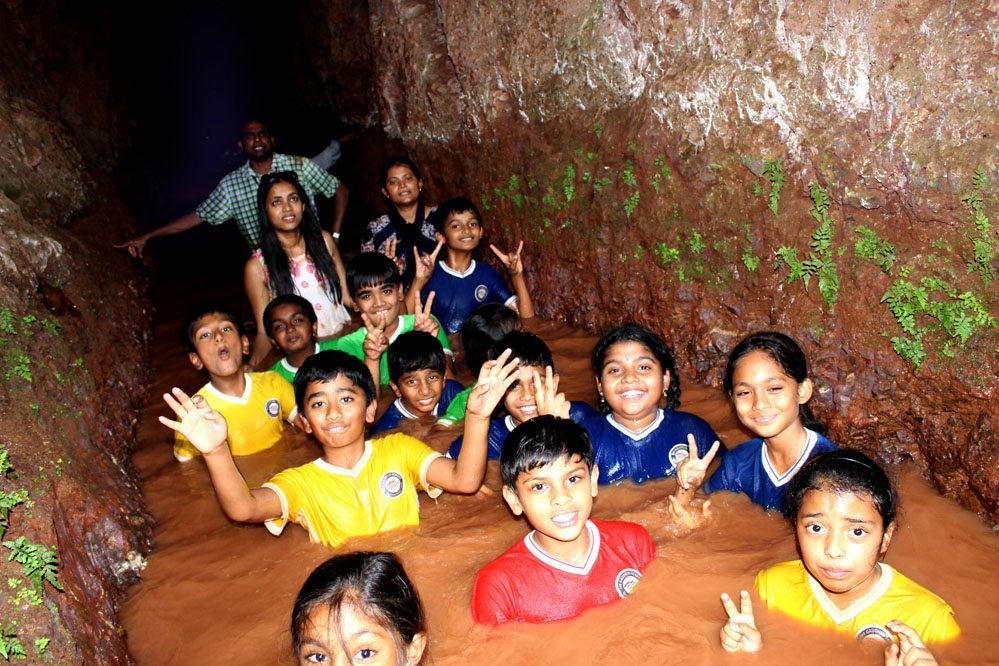
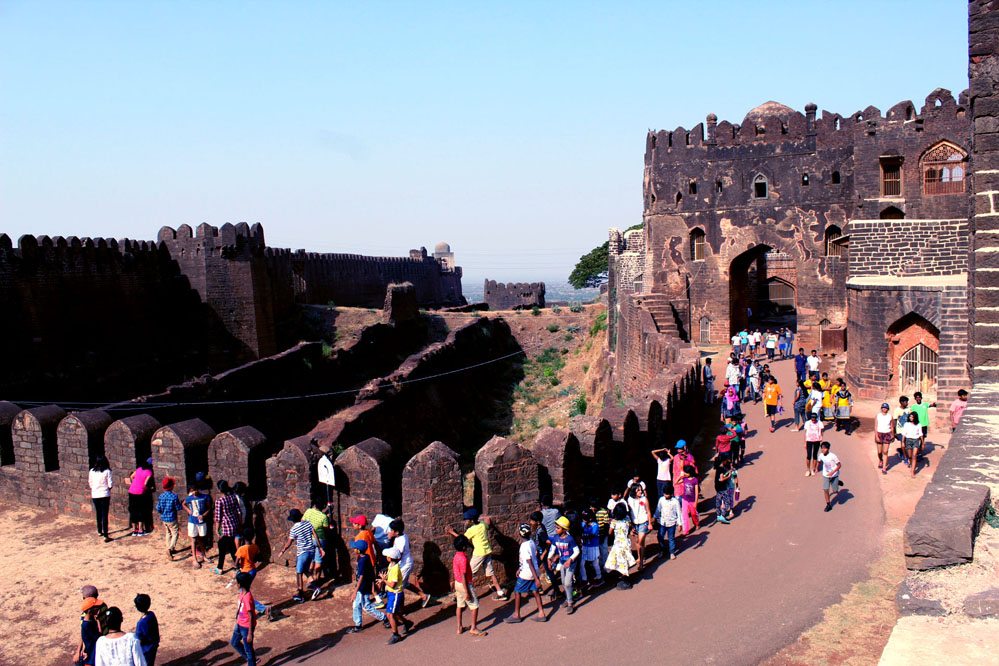
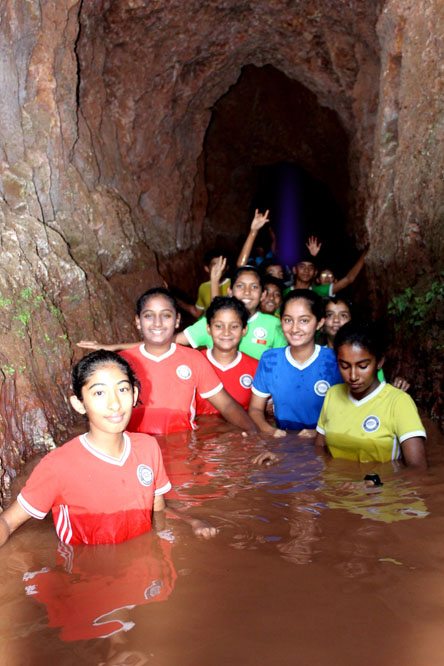
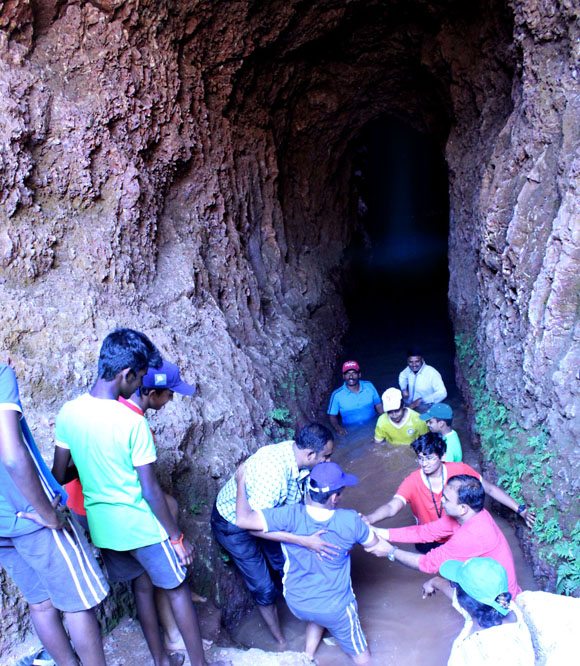
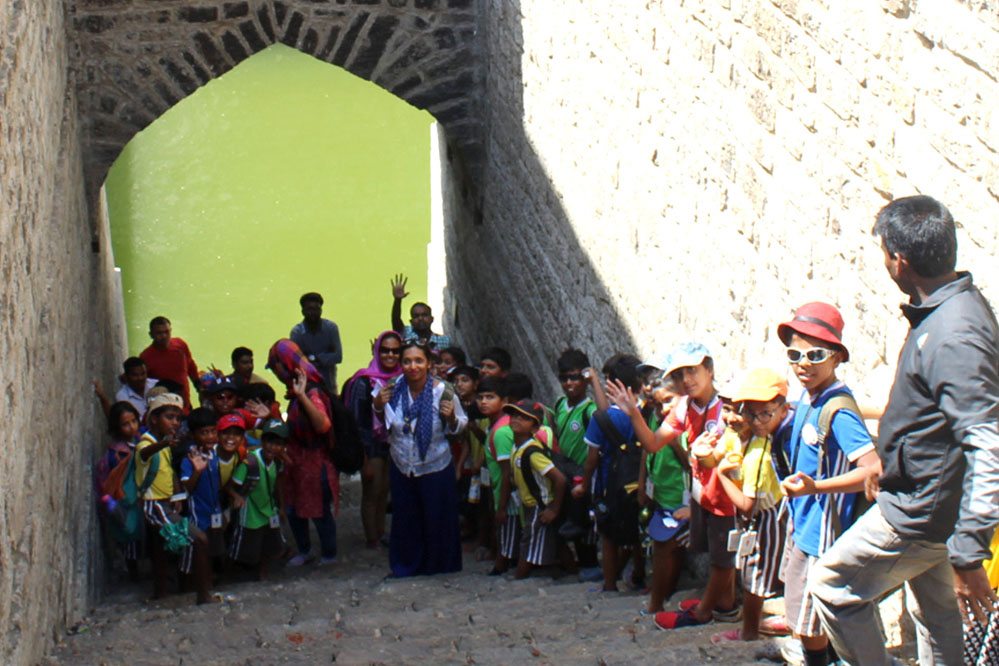
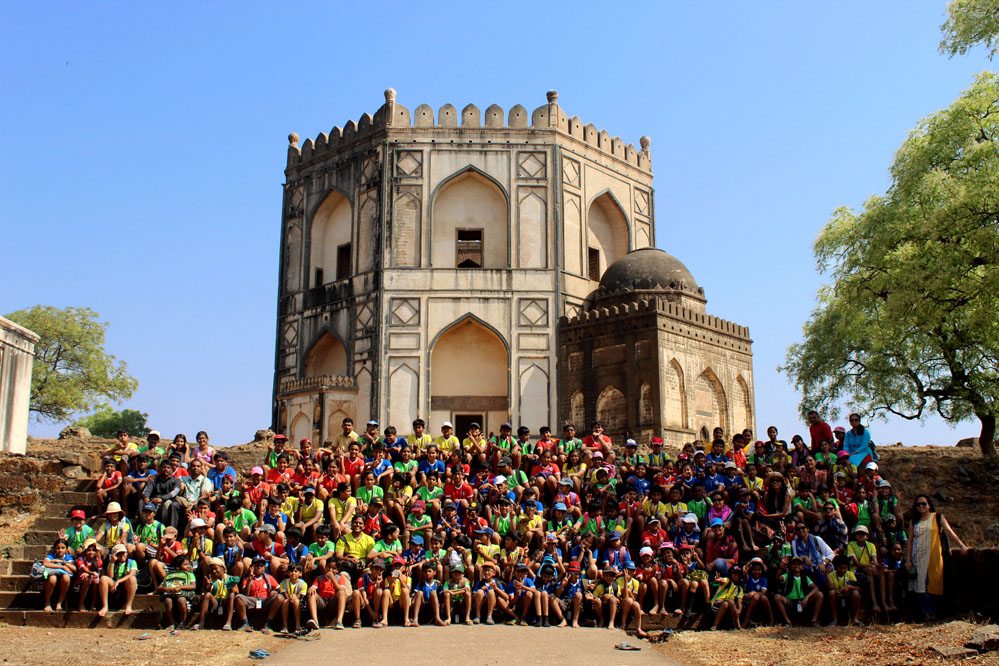


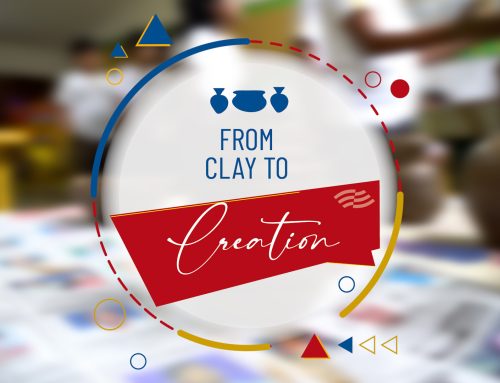


Leave A Comment